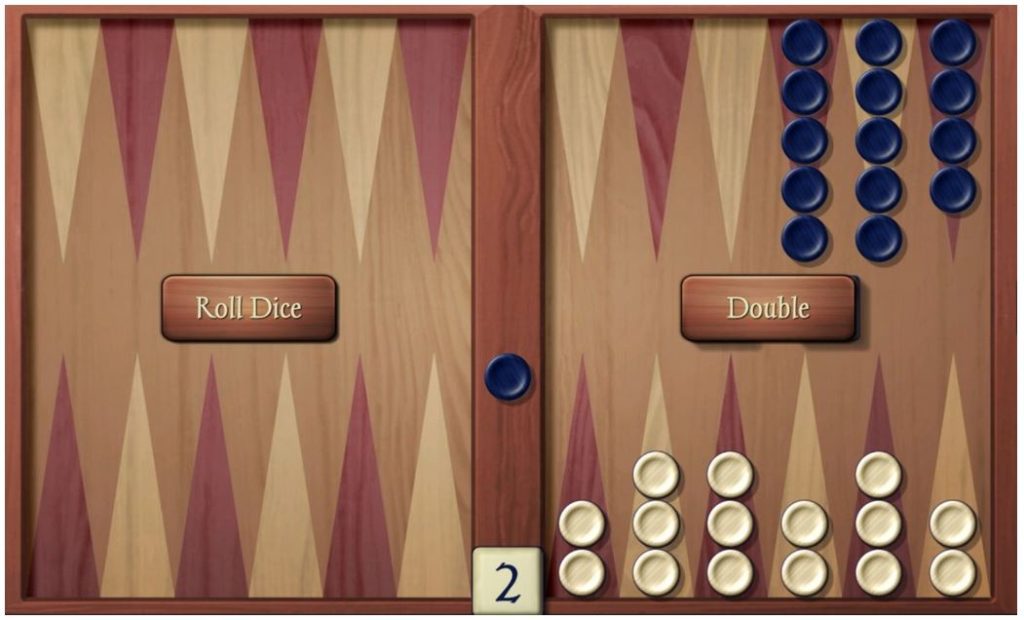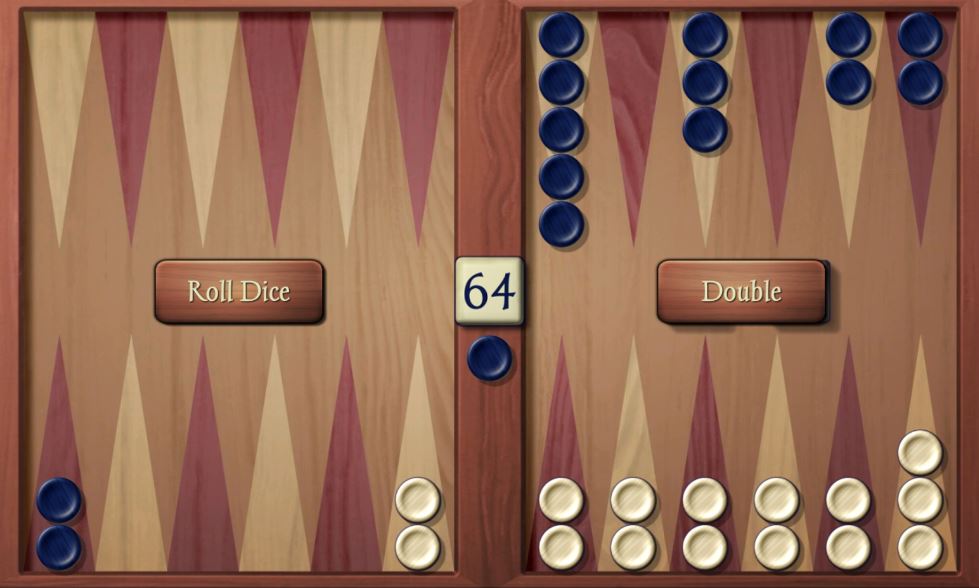Last updated on October 30, 2022
This Deluxe Backgammon post is another in our series for absolute beginners. In this instance, we take a look at the backgammon six-prime.
The ultimate weapon in backgammon is the six-prime. Four or five-primes are strong and difficult to escape, but a six-prime is like a black hole, nothing can escape. It doesn’t matter how well you roll, you simply can’t roll high enough to leap over six-primes. It’s like a maximum-security prison, there is no way out. You simply must bide your time and wait. Eventually, the six-prime will disappear, your opponent cannot win the game and maintain the six-prime.
Closed board
If the six-prime closes your opponent’s home board and you are stuck on the bar, there is literally nothing you can do. You will lose turn after turn until your opponent starts bearing off. At that point it may be too late to rescue the game and luck is probably your only ally. However, if you are not on the bar, but just stuck behind the six-prime, all is not lost. Let’s take a look at why.
Timing
When stuck behind a six-prime, you need to be patient and direct your attention elsewhere. There is one weakness of a six-prime and that is in the amount of checkers it takes to create. Each point needs at least two checkers to form the prime. That means 12 of 15 checkers are tied up in the six-prime. This leaves your opponent with only three checkers for further manoeuvring. Their options are limited especially if they are trying to maintain the prime. This leaves you with a few turns to create a barricade of your own. Once the six-prime breaks down, it’s a new ball game, and the advantage can swing quickly because your opponent can now find themselves with a timing disadvantage.
The ideal place for building a six-prime is obviously in your home board, particularly if you’ve managed to hit whilst building the prime. You can then take your time and you’re your remaining three checkers forward, hopefully deep within your home board. If you then carefully consider your bearing off strategy you will be a strong favourite to win.
Outer board primes
If you are building a prime outside of your home board be aware of your remaining checkers and try to keep them in the centre of the board as builders. Also, be aware of your own timing, you don’t want to be in a position where you are forced to break up your prime and a scattered trail of blots. Primes are a great weapon to have at your disposal, but they need to be managed carefully. One slip in timing can see a favourable position crumble and the game turn in an instant.
Related content
Backgammon rules are available on this link.
The Gammon Press, Handling six-primes.



The six prime is the ultimate in backgammon and has always been my first choice of strategy, although, depending on the dice, it may not always be an option. Once you have the six prime in place and you are blocking your opponent’s checkers, you need to be careful when moving checkers into your home board and bearing off. You don’t want to leave a loose checker to be hit. A six prime, especially in your home board leaves you in a strong position in backgammon, just be careful you don’t leave any loose shots to take away the advantage. Some great backgammon posts here, keep up the good work.
Hi Mandy, you make some good points about the six prime, especially the point about carefully breaking down the six prime. Care must be taken when bearing off against checkers in your home board. Priming is a good backgammon strategy, but make sure you are familiar with the other backgammon strategies at your disposal. Thanks for taking the time to comment, Jason